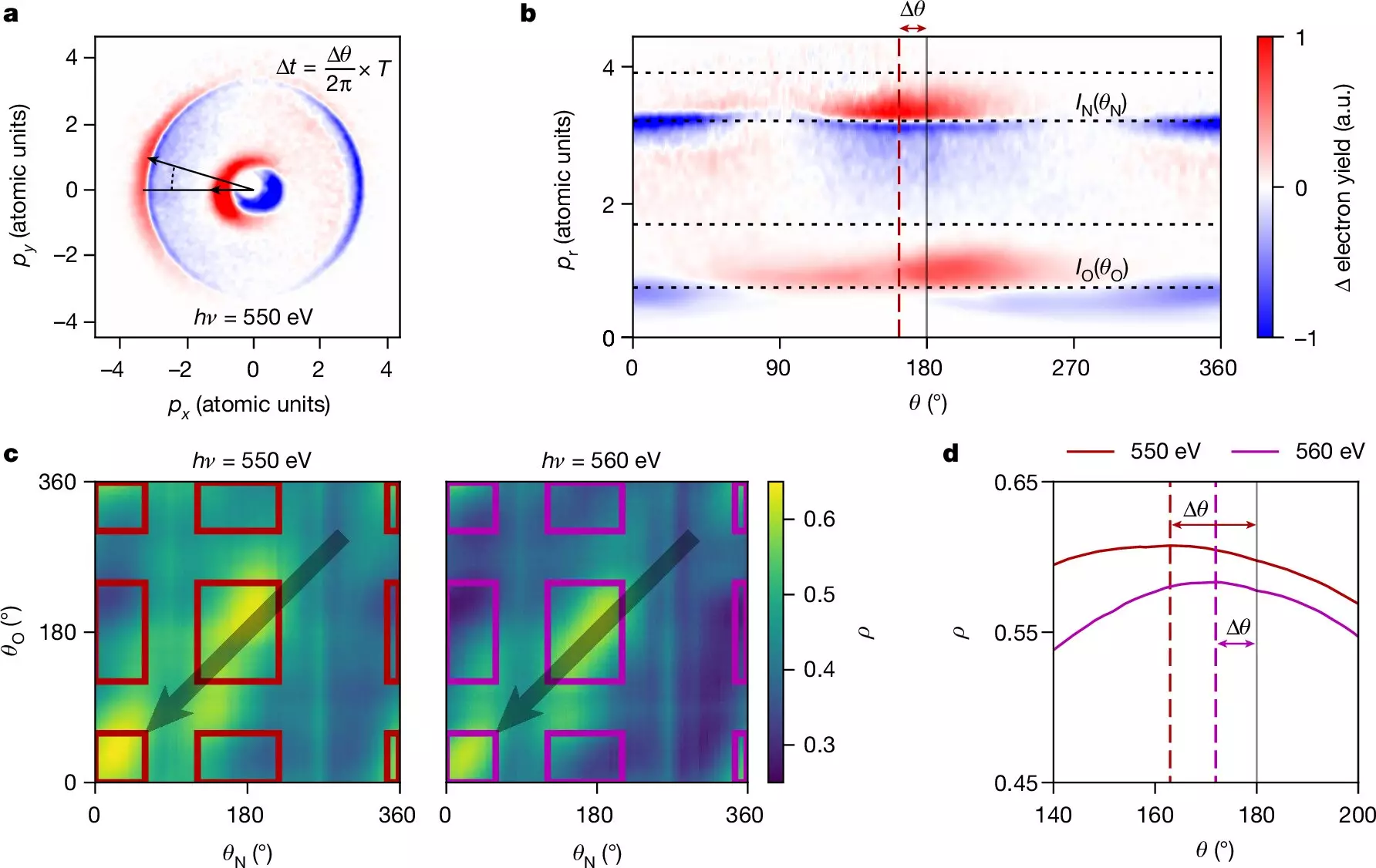Scientists at the Department of Energy’s SLAC National Accelerator Laboratory have made a groundbreaking discovery regarding the photoelectric effect, a phenomenon that was first introduced by Einstein more than a hundred years ago. The team’s innovative approach has provided a new avenue for studying electron-electron interactions, which are crucial for various technologies such as semiconductors and solar cells. This remarkable breakthrough was published in the renowned journal Nature on August 21.
Lead author and SLAC scientist Taran Driver stated, “Einstein received the Nobel Prize for his work on the photoelectric effect, but it has taken us a century to truly comprehend the underlying dynamics. Our research represents a significant advancement by measuring these delays in the X-ray spectrum, a feat that was previously unattainable.”
The team harnessed an attosecond X-ray pulse from SLAC’s Linac Coherent Light Source (LCLS), which lasted mere billionths of a billionth of a second, to ionize core-level electrons. This revolutionary technique caused the electrons to be ejected from the molecules under examination. Subsequently, a distinct laser pulse was utilized to measure the “photoemission delay,” which signifies the time lapse between a molecule absorbing a photon and transmitting an electron.
Through their experiment, the scientists managed to uncover time delays of up to 700 attoseconds, a significantly longer duration than previously presumed. This unexpected finding has not only challenged existing theoretical models but has also opened up new prospects for understanding electron behavior at a molecular level. The team also identified that electron interactions were a pivotal factor influencing these delays.
Co-author and SLAC scientist James Cryan remarked, “By analyzing the angular divergence in the trajectory of the emitted electrons, we could precisely determine the time delay. This ability to measure and interpret these delays is invaluable for researchers, particularly in domains like protein crystallography and medical imaging, where X-ray interactions with matter are indispensable.”
This groundbreaking study heralds the commencement of a series of planned experiments designed to delve into the intricacies of electron dynamics within various molecular systems. Numerous research groups have already commenced utilizing the developed technique to explore larger and more intricate molecules, illuminating novel aspects of electron behavior and molecular structure.
Co-author Agostino Marinelli commented, “This field is continuously evolving. The adaptability of LCLS enables us to investigate a broad spectrum of energies and molecular systems, making it an invaluable tool for conducting these types of measurements.”
The recent revelations by the scientific team at SLAC National Accelerator Laboratory have paved the way for a deeper understanding of the photoelectric effect and its implications for various scientific disciplines. This groundbreaking research signifies a significant step forward in electron dynamics research, with far-reaching implications for technological advancements in the future.


Leave a Reply